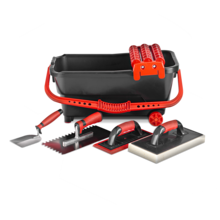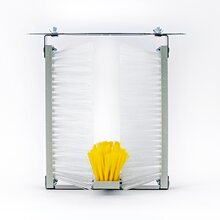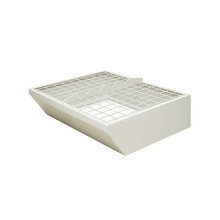Tools & Accessories
Log in to save items on your shopping lists and access them on all your devices. Guest lists are deleted after 90 days.
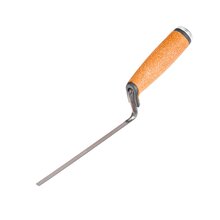
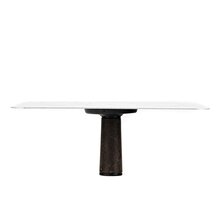
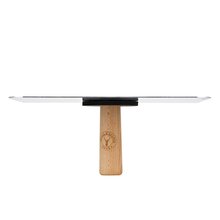
Choose rendering tools that help you coat render efficiently and achieve a professional finish on your property. From a stainless steel blade trowel to a sponge float for texture control, our range is designed for plaster, cement and coloured renders across various materials and wall shapes—giving a smooth surface and the confidence to complete projects on time.
How to choose the right rendering tools
Match tools to the task and material. A balanced trowel places and closes coats, Skimming Blades handle fast flattening in wide bays, and floats set a consistent textured finish. Keep a scraper handy for edges and internal corners, and choose lightweight handles for control on long jobs. Professional plasterer or first-time installer, the right tools and sizes make the process easier and the finish more reliable.
Stainless steel: blades for durability, precision and control
Stainless steel resists rust, stays straight under load and glides cleanly over fresh material. A stainless steel blade with a soft grip handle provides precise control, helping remove trowel marks and maintain clean arrises. It’s a staple in the construction industry for high quality plastering across different substrates.
Workflow to coat render: base coat to top coat
Prepare the surface, prime where required, then apply the base coat and embed mesh. Use Skimming Blades for even flattening so layers sit to the correct thickness. Before the top coat is closed, pass a sponge float lightly to even the face and reduce trowel marks, then finish with a stainless steel trowel for colour uniformity and long-term durability.
Preparation and keying: rasps, scrapers and good practice
Well-prepared backgrounds save time. Use rasps, scrapers & scarifiers for keying insulation boards and tidying reveals. Techniques such as scraping polymer renders (where specified by the system) or scraping monocouche demand the right scraper, correct timing and clean equipment to replicate the reference texture.
Sizing, ergonomics and tool options
Choose blade sizes to suit the bay: wider for open elevations, shorter for reveals and tight areas. Look for lightweight profiles with comfortable, soft grip handles to reduce fatigue. Keep buckets, mixers and clean water close so the mix of sand, cement, mortar or adhesive stays consistent throughout the application.
Common mistakes and how to avoid them
Overworking a top coat can mark the surface. Follow system rules on open time and pass sequence; keep edges clean; don’t jump to a much larger blade mid-bay; and avoid laying coats too thick. These essentials help you achieve a smooth, completed finish with fewer repairs.
Care, maintenance and site setup
Rinse tools before material cures, store blades flat, and check handles and fixings regularly. Plan safe access and keep tools and materials within reach so the team maintains speed and consistency from start to finish.
Buying and support
Category pages show stock status, sizes and options with prices listed ex VAT and inc VAT, plus reviews and product details. If you need support selecting the best tools for your materials, project scale or desired texture, our team is ready to help.

